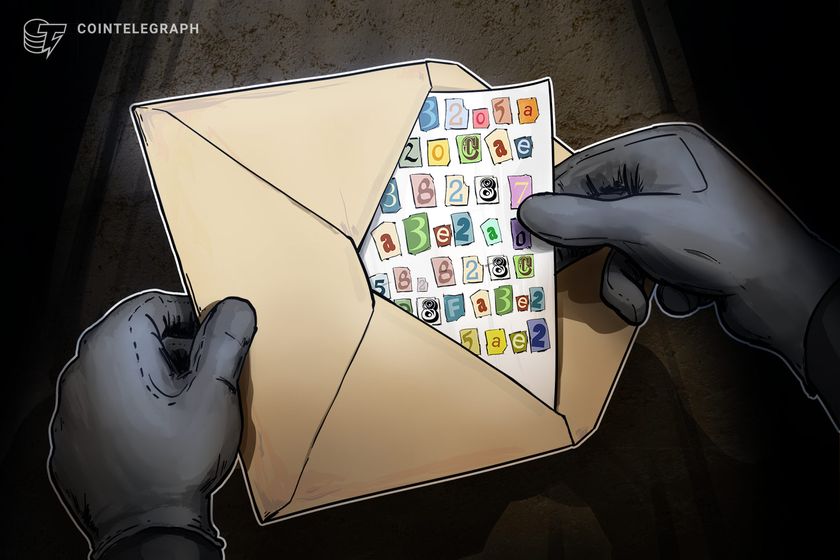ARTICLE AD BOX
Ever since the infamous Taproot Wizard 4mb block bitcoiners have been alight, fighting to try and stop inscriptions. Inscriptions are definitely not good for bitcoin, but how bitcoiners are trying to stop them will be far worse than any damage inscriptions could have ever caused.
Inscriptions work by embedding images or other data into the bitcoin blockchain by using a trick in bitcoin script. They essentially put the data in an unreachable code block followed by the real spending conditions so the user can claim the ordinal/NFT. It is quite an ingenious trick but has broke a lot of the assumptions many bitcoiners were operating under. Previously, the main way to embed data into bitcoin was OP_RETURN, which is basically an op code exactly meant for embedding data but had two problems for the NFT people: it makes coins unspendable and by mempool policy is limited to 80 bytes. Inscriptions has the advantage that their only size limit is the block size and since their data is in the witness, not the output, they benefit from the witness discount, allowing them to embed 4x the data. This broke a lot of bitcoiners assumptions that the theoretical 4mb block would never happen because it'd be silly to have only witness data, however, the NFT people found a way to monetize it. Now this is common place and we've seen tons of inscriptions happen, driving up fees and block sizes.
However, now that it is happening and common place, we cannot stop it.
In retaliation bitcoiners are proposing ways to "stop" inscription and these will do far worse damage then inscriptions will ever do. Almost every proposal to stop inscriptions boils down to preventing these transactions from getting into the mempool. The mempool is the battle ground of bitcoin transactions and we need to preserve it. The mempool only works if it the premier way to get the highest fee rate transactions to miners. If we lose that guarantee, people will move to centralized systems and we may never get the mempool back. Filtering spam transactions from the mempool will not stop inscriptions, at best it will delay them by a week. , they already have back channel communications with mining pools and if we cut them off from the mempool, then the only pools getting these fees will be the shitcoin aligned pools. This has already happened to many shitcoin networks where their mempool was killed off for one reason or another and now the primary way to broadcast a transaction is through a centralized api. This essentially creates a permissioned network, where even if anyone can run a node, if you don't have access to the transaction broadcasting api, you cannot access bitcoin. We are currently seeing congress try harder and harder to regulate nodes, miners, and wallets as money transmitters and losing the mempool will make this problem 1000x worse. There is also serious security problems without being able to do trustless fee estimation if we lose the mempool, but that is out of scope of this post.
Further, filtering transactions based on "spam" metrics can lead us down a dark path. The most economical way to transact in bitcoin is not the most private. Today the most popular way to get privacy for your on-chain bitcoin is doing a coinjoin. Coinjoins are not necessarily economic transactions, you are merely spending to yourself along with a bunch of other people. If we set precedent that you have to justify the usefulness of your transaction to not be considered spam, soon people will find a way to exploit this to try and get coinjoins and other privacy techniques excluded from mempools for being spam.
We have seen many shitcoin bubbles for over the past decade and this one is no different. The shitcoiners will eventually run out of fools to buy their scam and things will go back to normal, but we can't shoot our self in the foot trying to stop things prematurely, when we can just wait them out.
#SaveTheMempool
This is a guest post by Ben Carman. Opinions expressed are entirely their own and do not necessarily reflect those of BTC Inc or Bitcoin Magazine.
.png)
 1 year ago
11
1 year ago
11








 English (US)
English (US)